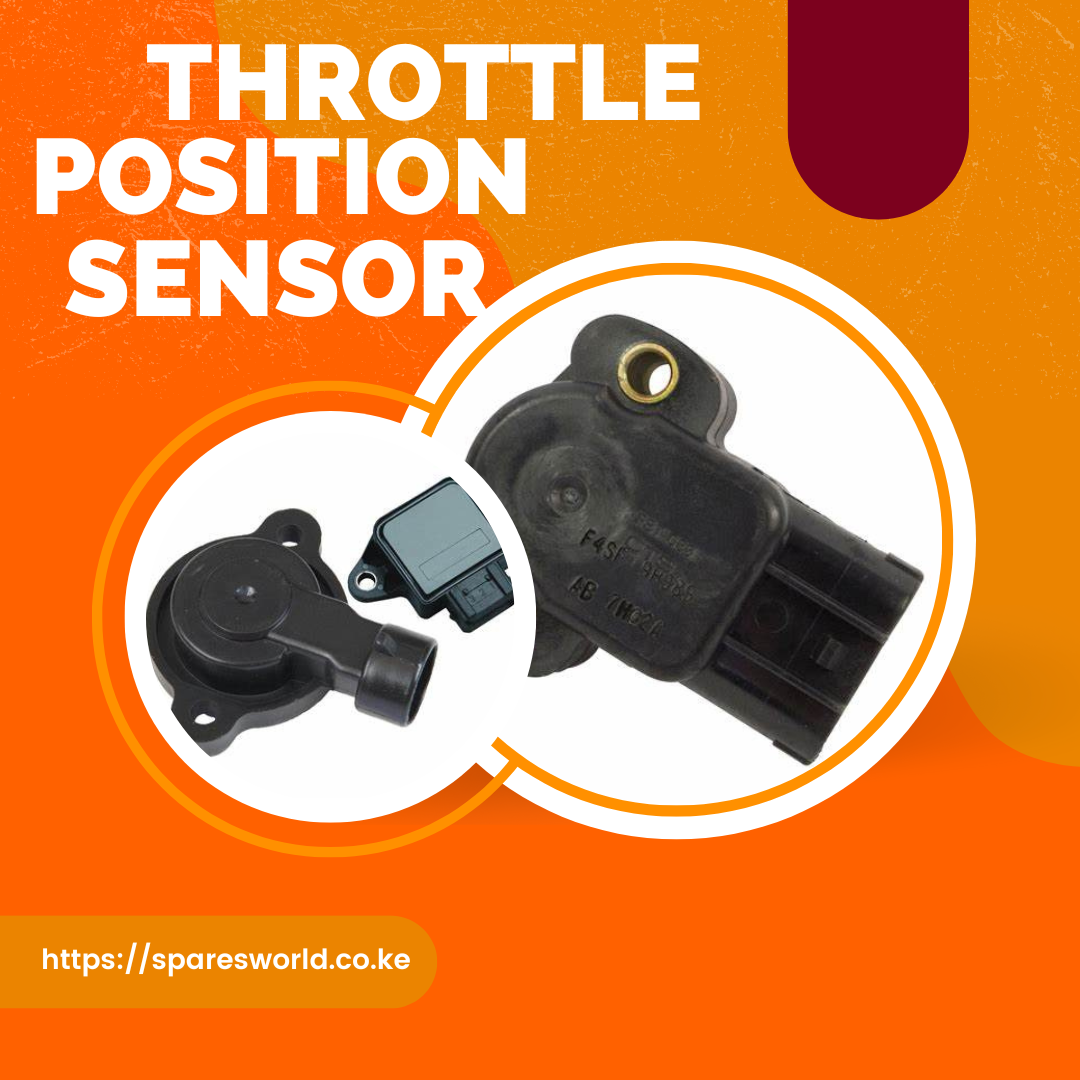Throttle Position Sensor Malfunction Warning Signs

Discover the critical signs that your vehicle's throttle position sensor may be failing, potentially impacting your car's performance and fuel efficiency.
Understanding the Role of a Throttle Position Sensor in Your Vehicle
The throttle position sensor (TPS) is a crucial component in your vehicle's engine management system. It monitors the position of the throttle valve, which regulates the amount of air entering the engine. This information is sent to the engine control unit (ECU), which adjusts the fuel injection and ignition timing accordingly.
A properly functioning TPS ensures that your engine receives the right air-fuel mixture for optimal performance and fuel efficiency. Any malfunction in this sensor can lead to a variety of issues, making it essential to understand its role and how to identify potential problems.
Common Symptoms of Throttle Position Sensor Failure
A failing throttle position sensor can manifest through several symptoms, including erratic idling, stalling, and poor acceleration. You might also notice a sudden surge or decrease in speed, even when your foot is steady on the gas pedal.
Another common sign is the illumination of the Check Engine Light. This can be triggered by various issues, but a malfunctioning TPS is a frequent culprit. If you experience any of these symptoms, it's crucial to have your vehicle inspected by a professional.
How a Malfunctioning Throttle Position Sensor Affects Vehicle Performance
A malfunctioning TPS can severely affect your vehicle's performance. Erratic signals from the TPS can cause the ECU to miscalculate the air-fuel mixture, leading to poor fuel economy and increased emissions.
In severe cases, a faulty TPS can cause your vehicle to go into 'limp mode,' a safety feature that limits the engine's power to prevent damage. This can make driving difficult and potentially dangerous, especially in high-traffic situations.
Diagnostic Steps to Confirm Throttle Position Sensor Problems
To diagnose a TPS issue, a technician will typically start with a visual inspection of the sensor and its wiring. They may use a diagnostic scanner to check for trouble codes stored in the ECU, which can provide insights into the problem.
A multimeter can be used to test the sensor's resistance and voltage at various throttle positions. If the readings are inconsistent or outside the manufacturer's specifications, it's likely that the TPS is faulty and needs to be replaced.
Solutions and Preventative Measures for Throttle Position Sensor Issues
If your TPS is found to be faulty, replacement is usually the best solution. Fortunately, TPS replacement is relatively straightforward and can be completed by a professional mechanic.
Preventative measures include regular maintenance and inspections of your vehicle's engine management system. Keeping your vehicle's ECU software up-to-date can also help prevent TPS-related issues. Regularly checking and cleaning the throttle body can further ensure that the TPS operates correctly.

 Loading..
Loading..